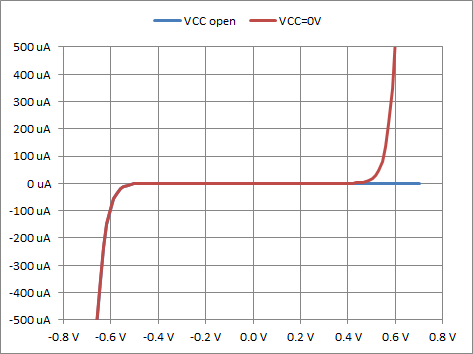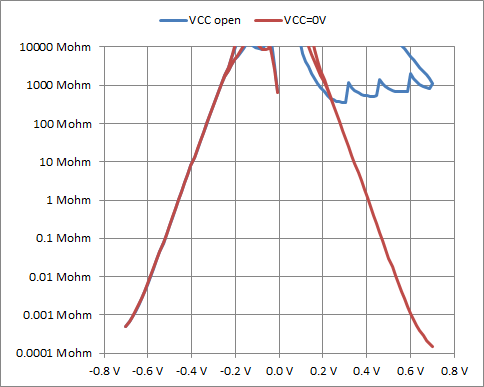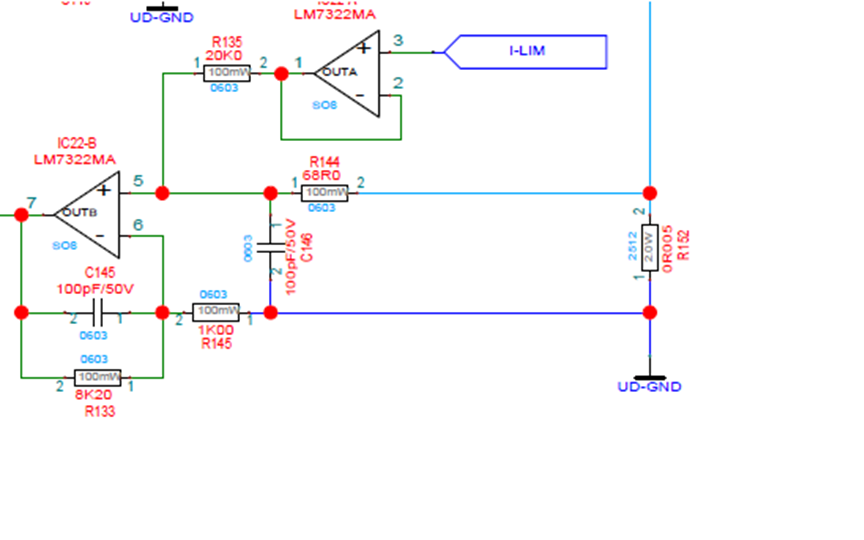**** SO# 446657 ****
Hello,
our customer mentioned tat they have 8pcs failed of 2500 purchased during the ICT test.
Between pin 1 and pin 4, a resistance of approx. 30 - 200kΩ is measured.
The "good" components show a resistance of >= 10MΩ. These components were soldered.
- For a piece that has not yet been soldered, the resistance between pin 7 and pin 4 is about 100kΩ. The resistance between pin 1 and pin 4 is >= 10MΩ.
But there are no failures during functional tests.
The question is,
- whether the conspicuous resistance values of approx. 30 - 200kΩ for the affected components are ok?
- in the long term it can be assumed that this can lead to field failures...?
Can you please advise?
Thank you.







